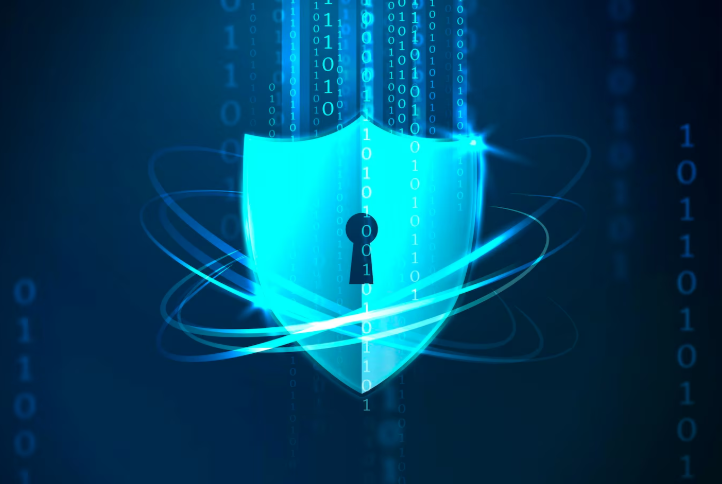In an increasingly digital world, remote work has become the norm for many organisations. While this shift offers flexibility and convenience, it also introduces unique cybersecurity challenges. Protecting sensitive data and ensuring secure communication channels are critical for maintaining a safe and efficient remote work environment. Here are some essential tips to strengthen cybersecurity for remote teams.

Use Strong and Unique Passwords
Encourage team members to create passwords that combine letters, numbers, and special characters. Avoid reusing passwords across multiple accounts. Password managers can help generate and store complex passwords securely.
Implement Two-Factor Authentication (2FA)
Adding an extra layer of security through 2FA ensures that even if a password is compromised, unauthorised access is far less likely. This is especially important for accessing company systems and sensitive information.
Educate Employees on Phishing Scams
Remote workers are prime targets for phishing attacks. Regular training on recognising and avoiding suspicious emails, links, and attachments is crucial to prevent data breaches.
Secure Home Networks
Encourage employees to use encrypted Wi-Fi connections with strong passwords. For added security, consider providing guidance on setting up VPNs to encrypt internet traffic.
Regularly Update Software and Devices
Outdated software can be a gateway for cyberattacks. Ensure that operating systems, applications, and antivirus programs are updated promptly to patch vulnerabilities.
Restrict Access to Sensitive Data
Not all employees need access to every piece of company information. Implement a principle of least privilege (PoLP) to ensure that individuals only access what’s necessary for their role.
Monitor for Suspicious Activity
Partnering with a Managed Security Operations Centre (SOC) can provide real-time monitoring of network activity. A SOC identifies and mitigates threats, offering peace of mind for organisations with remote teams.
Use Secure Collaboration Tools
Ensure the tools your team uses for communication and file sharing offer end-to-end encryption. Examples include secure video conferencing platforms and encrypted file-sharing services.
Conduct Regular Security Audits
Periodic reviews of your organisation’s cybersecurity practices can help identify gaps and ensure compliance with the latest security standards. These audits are particularly important for maintaining remote workforce security.
Establish a Clear Incident Response Plan
Even with robust security measures, incidents can still occur. Have a documented response plan that includes steps for reporting breaches, mitigating damage, and recovering lost data.
The rise of remote work doesn’t have to mean compromised security
By implementing these strategies, organisations can protect their data and foster a secure environment for their teams. Whether it’s investing in a SOC or educating employees on best practices, proactive measures can make all the difference in today’s digital landscape. Keep your team informed, prepared, and secure – because cybersecurity is everyone’s responsibility.


